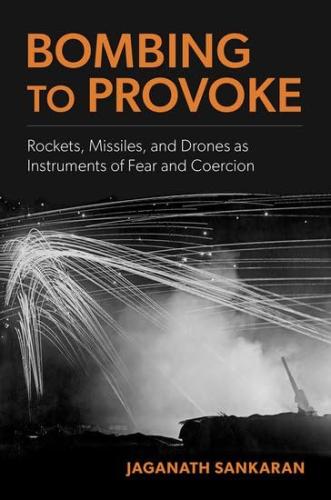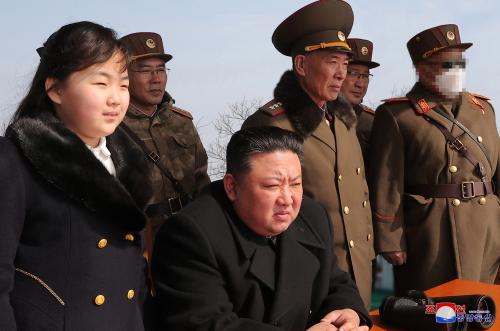Much has been made of U.S. President Barack Obama’s pledge to support India’s push for a permanent seat on the United Nations Security Council, which was offered during his November trip to India, but the real story from his visit was its implications for bilateral military trade. During the trip, Obama announced that the United States would sell $5 billion worth of U.S. military equipment to India, including ten Boeing C-17 military transport aircraft and GE 404 engines. Although the details are still being worked out, these and other contracts already in the works will propel the United States into the ranks of India’s top three military suppliers, alongside Russia and Israel. With India planning to buy $100 billion worth of new weapons over the next ten years, arms sales may be the best way for the United States to revive stagnating U.S.-Indian relations.
Even as nonmilitary trade and investment and social and cultural ties between India and the United States have advanced in recent years, Washington remains of two minds about its relationship with New Delhi. In 2005, U.S. President George W. Bush granted India an unprecedented nuclear deal, offering to assist India’s civilian nuclear program in contravention of the Nuclear Nonproliferation Treaty. The nuclear deal convinced many Indians that the United States could be a viable long-term partner. Bush’s adamant resistance to Chinese and international nonproliferation advocates’ pressure to abandon the deal cemented his status in India, as did his rebuffs of Pakistani demands for similar treatment.
Read the full article at foreignaffairs.com » (Subscription required)



Commentary
Arms Sales for India
February 28, 2011